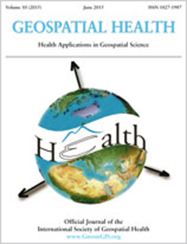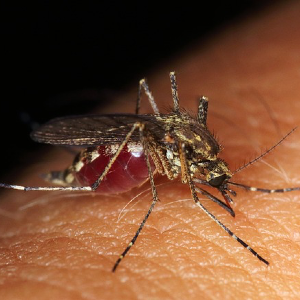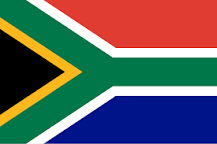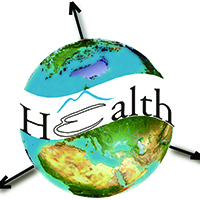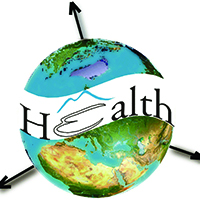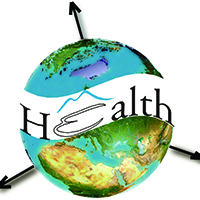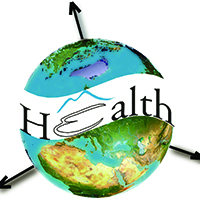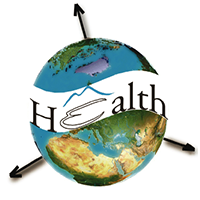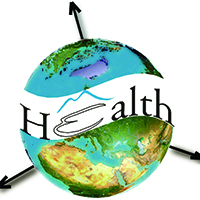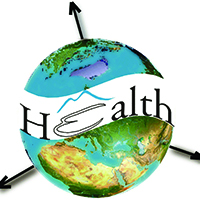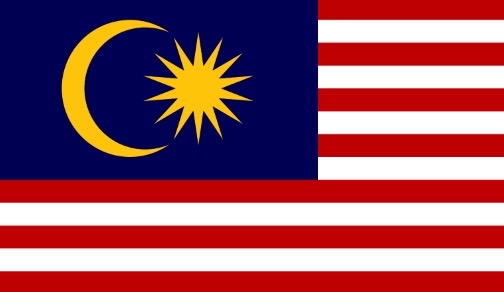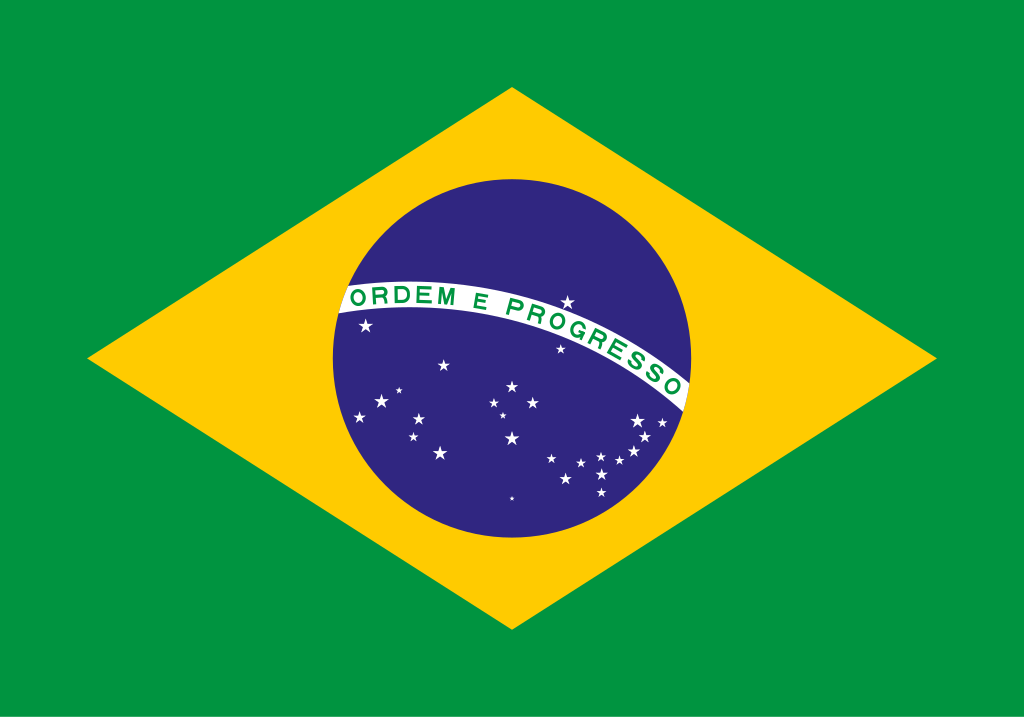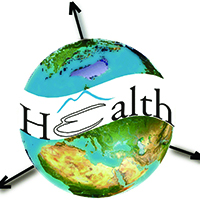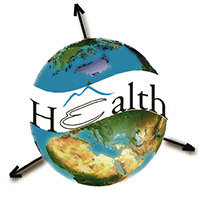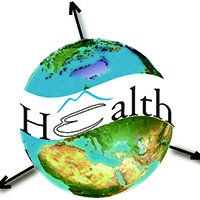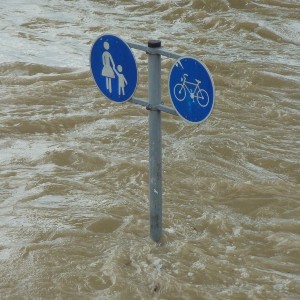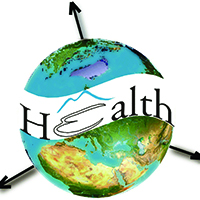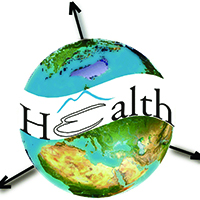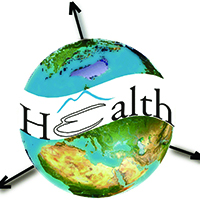FOR AUTHORS
Search
Search Results
##search.searchResults.foundPlural##
-
Assessing the effects of air temperature and rainfall on malaria incidence: an epidemiological study across Rwanda and Uganda
6052PDF: 2188Appendix: 570HTML: 3265Appendix: 223 -
To what extent does climate explain variations in reported malaria cases in early 20th century Uganda?
3928PDF: 1198Appendix: 503HTML: 1213 -
-
Estimating malaria burden in Nigeria: a geostatistical modelling approach
7122PDF: 2974HTML: 3252 -
Diagnostic approaches to malaria in Zambia, 2009-2014
3438PDF: 1321HTML: 1161 -
Random forest variable selection in spatial malaria transmission modelling in Mpumalanga Province, South Africa
3937PDF: 1666APPENDIX 1: 432APPENDIX 2: 430HTML: 1639 -
A dynamic, climate-driven model of Rift Valley fever
4387PDF: 1767Appendix: 513HTML: 1579 -
Climate impact on malaria in northern Burkina Faso
2574PDF: 846HTML: 726 -
Spatial dispersal of Aedes albopictus mosquitoes captured by the modified sticky ovitrap in Selangor, Malaysia
1600PDF: 707Annex I-VI: 126HTML: 65 -
Predicting malaria cases using remotely sensed environmental variables in Nkomazi, South Africa
2771PDF: 1396APPENDIX: 421HTML: 245 -
Impact of climate change on dengue fever: a bibliometric analysis
2394PDF: 727Supplementary Materials: 327HTML: 96 -
Spread of Ebola virus disease based on the density of roads in West Africa
2337PDF: 745APPENDIX: 488HTML: 1204 -
Moran’s I and Geary’s C: investigation of the effects of spatial weight matrices for assessing the distribution of infectious diseases
1448PDF: 420Supplementary materials: 141HTML: 102 -
Factors associated with the spatial distribution of leprosy: a systematic review of the published literature
296PDF: 122Supplementary materials: 17HTML: 1 -
Sandwich mapping of schistosomiasis risk in Anhui Province, China
2922PDF: 1169HTML: 1072 -
Geographical accessibility to healthcare by point-of–interest data from online maps: a comparative study
1123PDF: 316Supplementary Materials: 87HTML: 11 -
A spatio-temporal study of state-wide case-fatality risks during the first wave of the COVID-19 pandemic in Mexico
1359PDF: 388Appendix: 203HTML: 28
1 - 94 of 94 items

